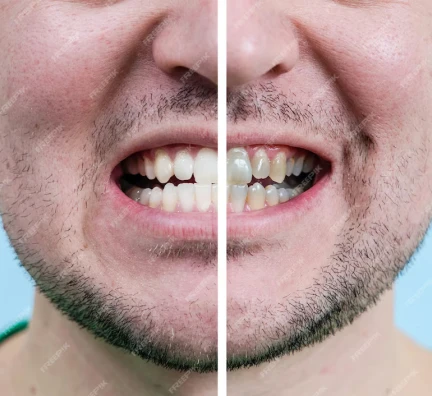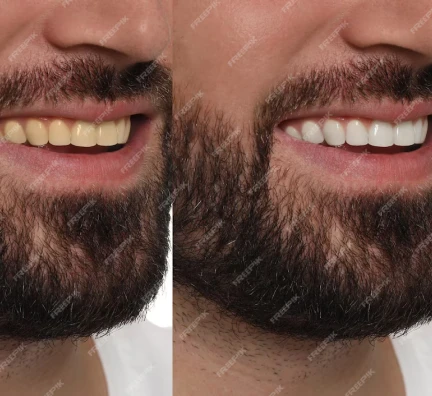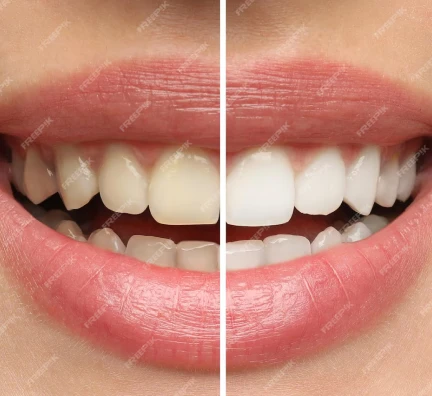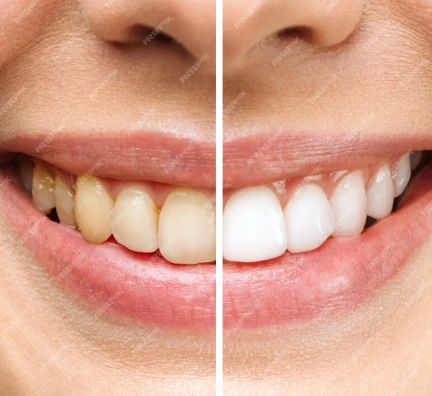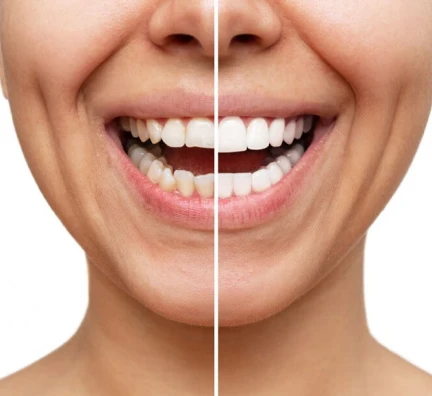Hybrid Prosthesis (Full or Partial, Fixed, Implant-Supported Denture)
Imagine smiling again with freedom… Today, that can be a reality!

Losing several teeth can affect not only your oral health but also your confidence and emotional well-being. A hybrid prosthesis is an advanced, transformative alternative that allows you to smile with confidence again
This treatment combines the firmness of dental implants with a specially designed prosthetic structure to give you a natural, comfortable, and stable smile. Forget the discomfort of removable dentures; with a hybrid prosthesis, you can talk, laugh, and enjoy your favorite foods worry-free.
Advantages of the procedure
Secure Fixation
The prosthesis anchors to the implants, ensuring stability and comfort when speaking and chewing.
Natural Aesthetics
It perfectly mimics natural teeth and gum structure.
Durability
With proper care, and depending on the material used, it can last: Acrylic Hybrid Prosthesis: 5 years. Metal-Ceramic or Zirconia Hybrid Prosthesis: 10 years.
Reduced Bone Loss
Being anchored to implants helps preserve your bone structure.
More Economical than Individual Options
It’s ideal for those looking to rehabilitate their entire mouth without needing an implant for every tooth.
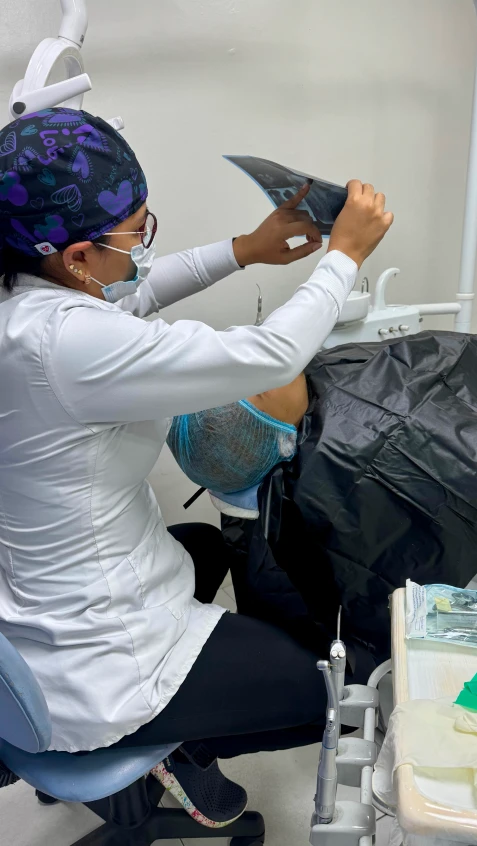

Costs
The best prices
The cost of a hybrid prosthesis can vary depending on the number of implants placed, the complexity of the case, and the material chosen for the prosthesis, which could be acrylic, metal-ceramic, or zirconia. The final price will be determined after a personalized evaluation of each patient. The price range is between $36,000,000 and $55,000,000 COP.
*Choose high-quality treatments while saving up to 60% compared to costs in the United States and other countries.*
Frequently Asked Questions
Everything you need to know
Step by step procedure
Step 1
Initial Consultation
Dr. Lina Marcela Osorio and her team evaluate each case using X-rays, an oral examination, and photographic records to design the treatment plan.
Step 2
Transitional Prosthesis
Four appointments will be needed for the creation of transitional prostheses.
Step 3
Surgical Phase
Once the CT scan has been reviewed and it’s confirmed there’s sufficient bone to support the implants, the surgical phase of dental implant placement begins.
Step 4
Control
A control appointment for the surgical phase is conducted to verify the patient’s healing process.
There will be a 6-month waiting period before moving to the second phase of implants: the Rehabilitation Phase.
Step 5
Beginning of Oral Rehabilitation
A definitive impression is taken.
Steps 6 to 8
Try-In Appointments
Step 6: First Try-in
Step 7: Second Try-in
Step 8: Third Try-in
Step 9
Prosthesis Delivery
Step 10
Control Appointment
